Overview of types of cosmetics
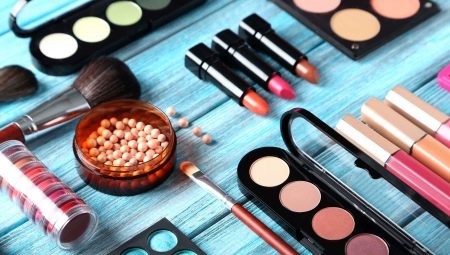
The variety of cosmetic products on sale is very large, and more and more new products appear every year. But the basic functions of cosmetics remain unchanged. Let's talk about them, as well as list the main types and types of cosmetic products.
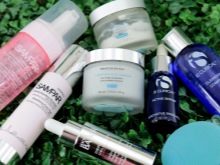
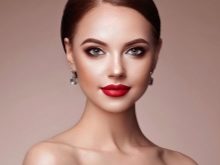
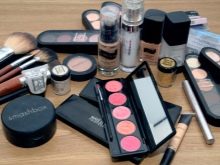
Basic types
Cosmetics are considered products intended for the care of the face and body; they also resort to its help in order to beautify the appearance - to emphasize the advantages and hide minor flaws. All types of cosmetics are classified into two main types:
- caring;
- decorative.
The first type includes products used to cleanse, moisturize and nourish the skin, as well as cosmetic products for hair and oral cavity care. Caring cosmetics include products that help eliminate individual skin imperfections.
Sometimes drugs that have not only a care function, but also a therapeutic effect are classified in a separate category, which is called cosmeceuticals. Such goods are sold in pharmacies.
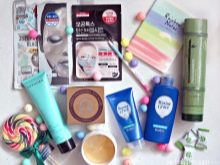
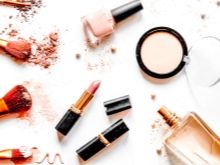
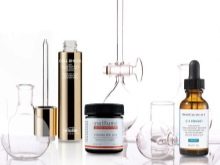
Categories
According to the method of production, cosmetics can be:
- factory;
- made by hand.
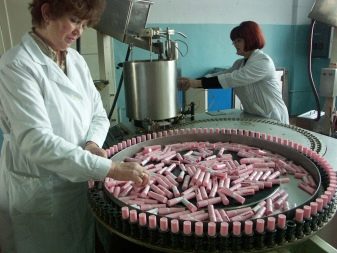

All types of cosmetics can be produced for different categories of buyers. There are funds:
- for an ordinary consumer;
- for professional use.
The second group of cosmetic products is used in their work by cosmetologists and aesthetists. The line of professional cosmetics may also include home care products, but they should be bought only after an in-person consultation with a specialist who can accurately determine the condition of the client's skin and hair, and tell about the specifics of the action of cosmetic products.
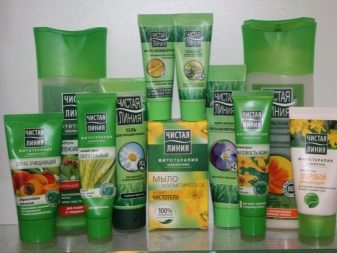
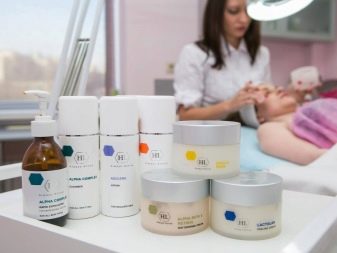
Cosmetics for the average consumer are represented by products in different price ranges. Typically, there are categories such as:
- Economy class;
- middle market (average price level);
- suite.
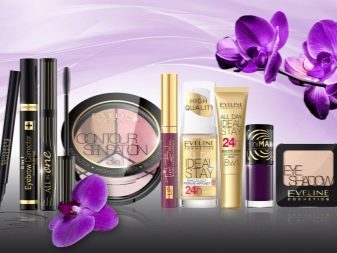
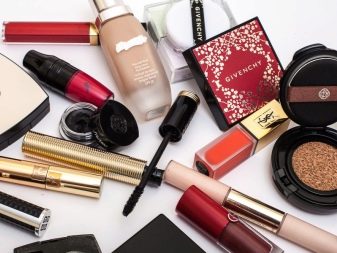
It is possible to classify cosmetic products according to the method of their implementation. Sales can be made through:
- pharmacies;
- specialized stores, departments and other retail outlets;
- online stores;
- direct selling, i.e. MLM or network marketing;
- department stores.
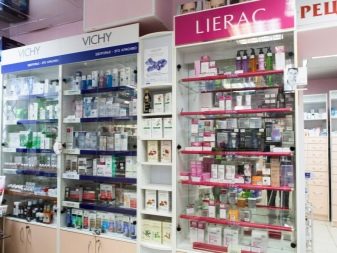
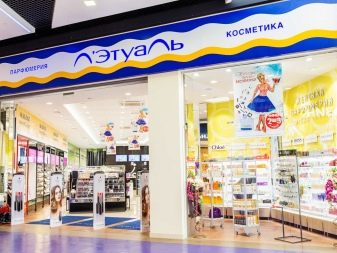
Different lines of cosmetics
You can also classify cosmetics based on the presence or absence of any ingredient. This division will be based on the information that manufacturers give about their cosmetic products. For example, cosmetics are:
- natural (containing natural ingredients);
- mineral (including only natural minerals);
- organic (only with specially selected ingredients of plant origin);
- hypoallergenic (does not contain ingredients that provoke allergic reactions);
- with hyaluronic acid;
- with minerals from the Dead Sea;
- with phytohormones;
- Ayurvedic (consists only of the components listed in Ayurveda recipes);
- oxygen (contains substances that can deliver oxygen to the skin);
- collagen and others.
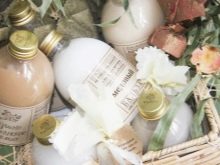
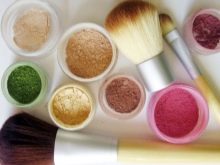
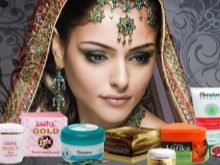
In this case, the list can be continued for a long time, since each manufacturer, one way or another, seeks to launch a unique product on the market.
There are products designed for specific groups of people. It can be cosmetics:
- for kids;
- for men;
- for women;
- for pregnant.
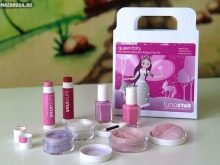
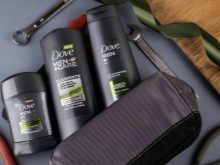
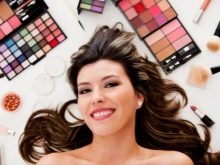
Caring cosmetics are:
- for body;
- for face;
- for face and body;
- for eyelids;
- for lips;
- for hands;
- for the cuticle;
- for the neck and décolleté;
- for hair;
- for eyebrows and eyelashes;
- for legs;
- etc.
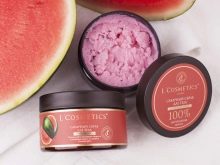
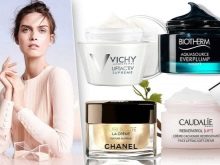
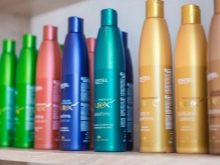
And also there are lines of cosmetics designed to solve certain problems. This is cosmetics:
- for problem skin;
- anti-aging;
- anti-cellulite;
- for sun protection;
- after sunburn;
- for depilation;
- to protect against biting insects (repellents);
- to protect the skin from external factors;
- dandruff;
- against hair loss;
- other.
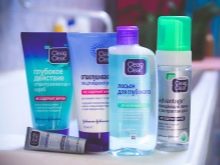
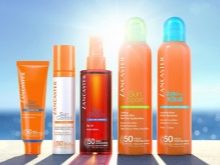
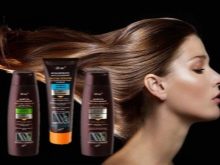
Caring
Cosmetics for face, body and hair care are represented by such types of products as:
- milk / cream for cleansing the face;
- mousses, foams, washing gels;
- micellar water;
- tonics;
- scrubs, gommages;
- lotions;
- thermal water;
- cosmetic oil;
- shower gels;
- soap;
- creams and gels of various types;
- serum;
- face masks;
- hygienic lipsticks;
- balms for face and body;
- shampoos;
- conditioners, masks and hair balms;
- toothpastes;
- mouth rinses;
- deodorants;
- antiperspirants.
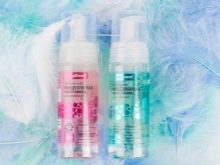
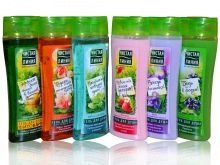
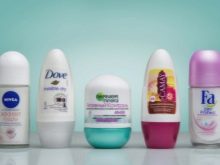
The list is very extensive and is constantly updated with new types of funds. Caring cosmetics perform such functions as:
- cleansing;
- toning;
- moisturizing;
- nutrition;
- protection of skin and hair.
Different cosmetic products can fulfill one of these functions or combine several.
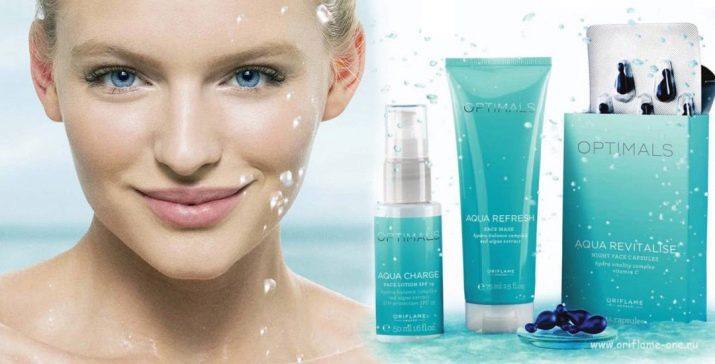
For washing, cleansing and removing makeup
The type of care cosmetic is chosen depending on the type of skin, this also applies to cleansers. So, for washing with oily or problematic (with acne) skin of the face, specialized mousses or gels are recommended. These products contain ingredients that help to cleanse the skin well and relieve inflammation, such as essential oils shown for problem skin. For normal to combination skin, cleansers are also available in the form of gels, mousses, foams or foaming creams. Recommended for sensitive skin washing with foams, which are fragrance-free and contain soothing and emollient substances such as chamomile or allantoin.
Some face masks. These masks for oily skin often contain clay.
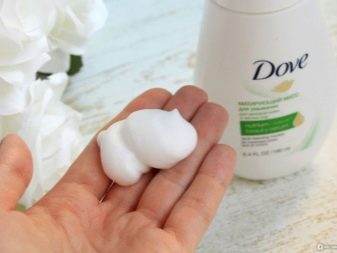

To cleanse dry and sensitive skin, use cosmetic cream or milk. These products combine the functions of cleansing and moisturizing.Cosmetic cream (or milk) is left on the face for a few minutes, then washed off with water or removed with a cotton pad or napkin (here you should act in accordance with the instructions on the label). A special cosmetic milk for make-up removal is also produced.
And also for makeup remover can be used micellar water, which is considered the mildest cleanser. For preliminary cleansing of the skin and removal of make-up, it is applied and hydrophilic oil, after washing off which it is usually recommended to continue washing with another familiar means (here you need to take into account the manufacturer's advice).
At the end of the facial skin cleansing procedure, use tonics - water-based products containing moisturizing ingredients. Toners are used to restore the skin's pH balance, which is often disturbed by exposure to water and cleansers.
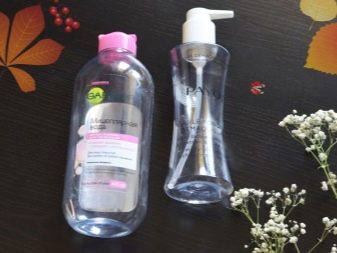
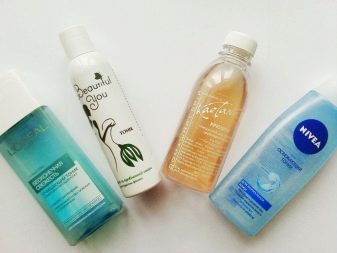
For deep cleansing
Scrubs and gommages are used to deeply cleanse the skin and remove impurities. They are needed for peeling - this is the name of a cosmetic procedure for exfoliating dead skin cells. Scrubs contain small abrasive particles and are mechanical peels. They can be used for normal or oily skin without inflammation.
Gommazhs are of different types - both with dissolving abrasive substances such as sugar, and with enzymes and special acids (salicylic, fruit).
Gommazh is considered a milder exfoliation and is suitable for sensitive and dry skin, as well as for more frequent use than scrubs.
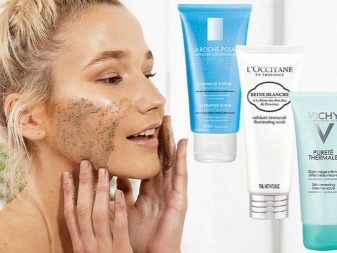
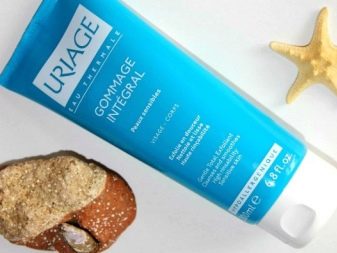
Moisturizing, nutrition, protection
Focusing on the type of skin, one should choose not only means for washing and cleansing, but also other cosmetic products that serve to moisturize, nourish and protect the skin (creams, gels, face masks, balms, cosmetic oils). Hair care products are selected according to hair type.
For example, lotions are most often designed to treat oily or problem skin. They often include alcohol and various components with antibacterial or anti-inflammatory effects. Creams for oily skin have a lighter texture and are often available with a mattifying effect. More oils are included in creams for dry skin.
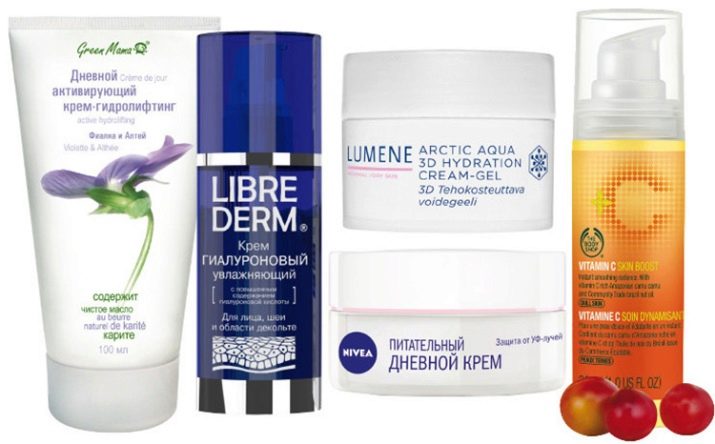
Face creams are also chosen taking into account the time of day at which they will be used. (there are day and night), in addition, you should take into account the seasonal factor: for summer, lighter creams or gel products are suitable, for winter - more fatty creams.
To relieve irritation and inflammation, thermal water is used, which is also selected according to the type of skin.
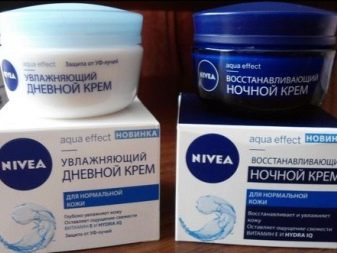
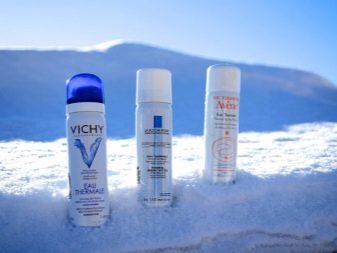
Decorative
Decorative cosmetics are represented by a wide range of products. Among them are means for leveling skin tone and masking its minor imperfections. It:
- tone cream;
- powder;
- corrector;
- concealer.
It is generally accepted that correctors are used for spot application on places of marks from acne and other similar skin imperfections, and this is done before using foundation. Concealers are used after foundation to hide under-eye circles, but in each case, the specifics of using correctors or concealers is determined by the manufacturer's recommendations.
A primer - a base for make-up - is used to increase the durability of the latter and distribute it more evenly over the skin.
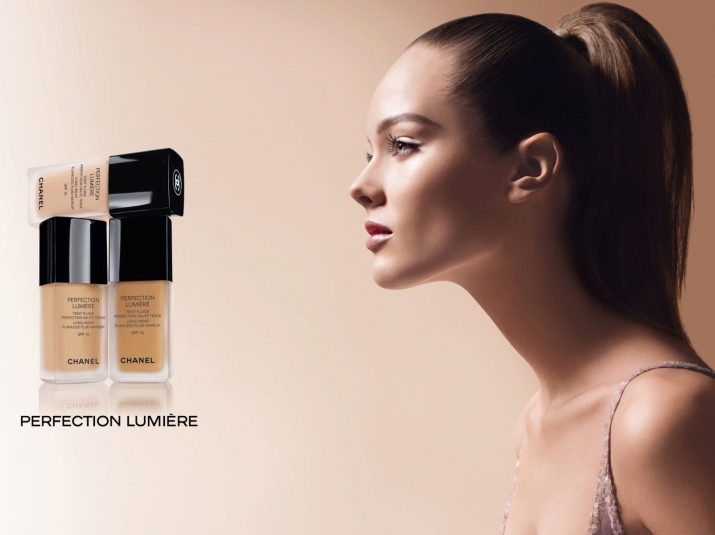
For "sculpting" the face, adjusting the shape, giving it a fresh look, the following are used:
- blush;
- highlighters.
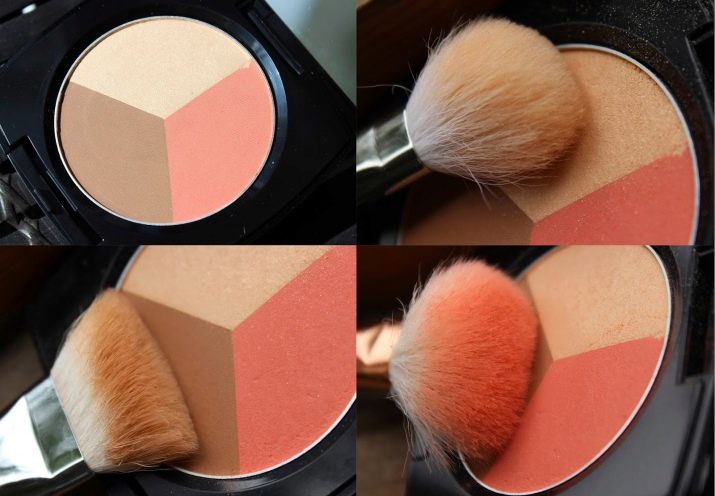
For eye make-up are intended:
- eyeliner (liquid, pencil or felt-tip pen);
- ink;
- shadows;
- sparkles.
Mascara, eyeliner, eye shadows and glitters allow you to emphasize the depth of the look, make it more expressive.
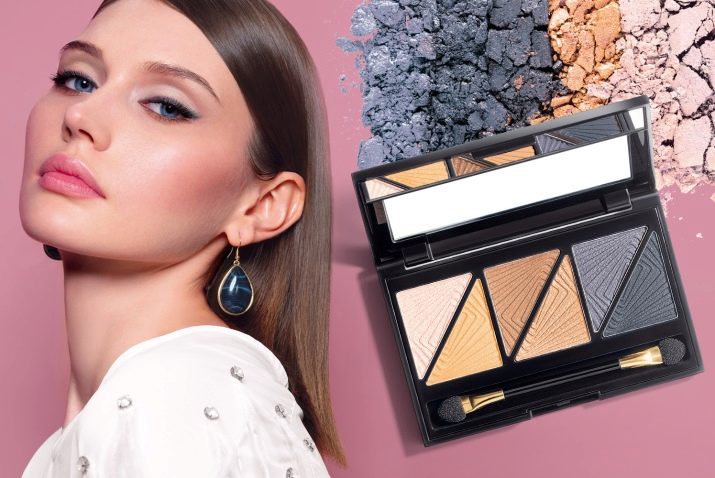
For lip make-up are used:
- primer;
- pomade;
- shine;
- pencil.
Lipstick is one of the most sought-after cosmetic products among women.... Many people prefer to focus their makeup on the lips. In addition, a change of lipstick allows you to quickly and without much hassle transform, appear in a new look, as a result of which the number of those women who use this means of decorative cosmetics only increases from year to year.
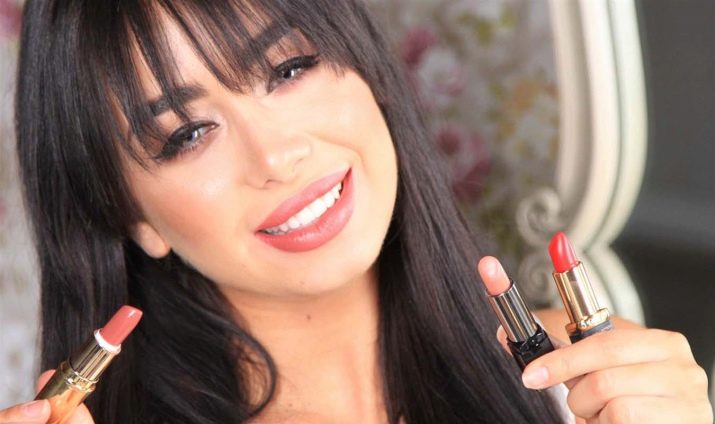
For eyebrow makeup they produce:
- pencils;
- shadows;
- ink;
- markers;
- transparent gel.
Eyebrow makeup is an important part of facial makeup. Every year, fashion dictates what the shape and thickness of the eyebrows should be, and this determines the demand for certain cosmetic products.
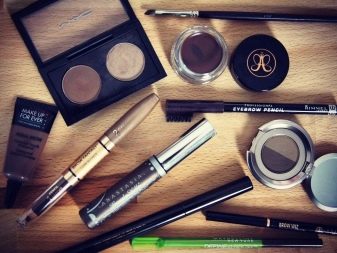
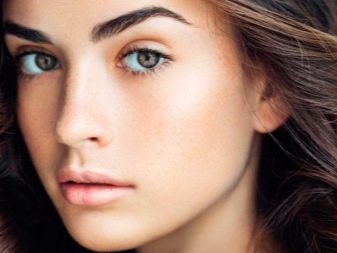
For an overview of the types of cosmetics, see the next video.








